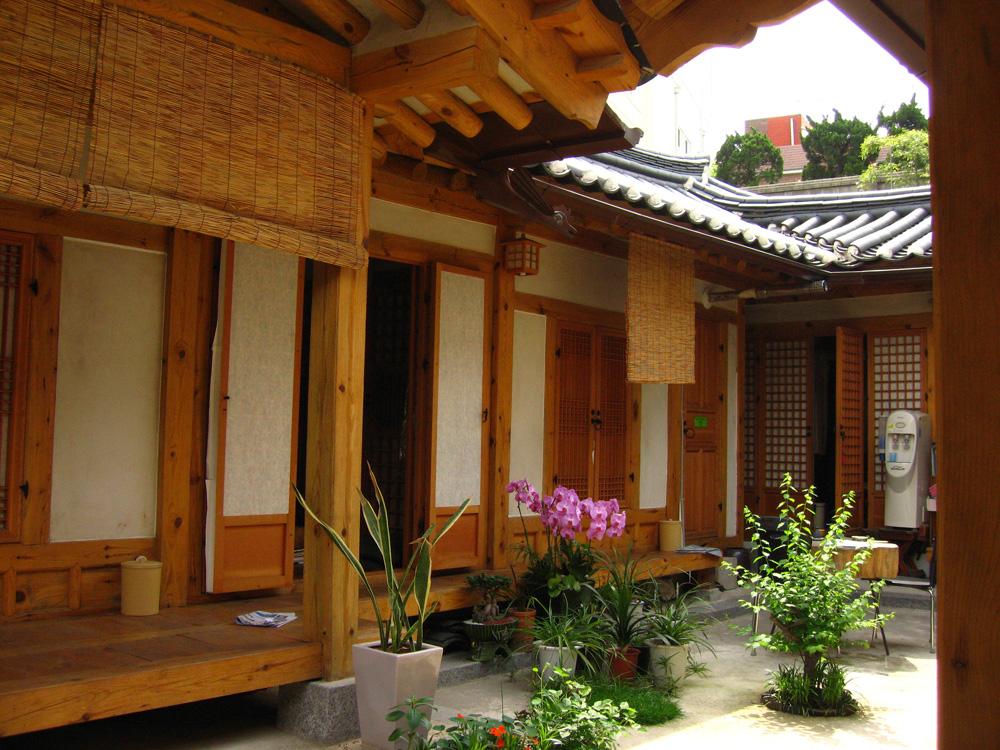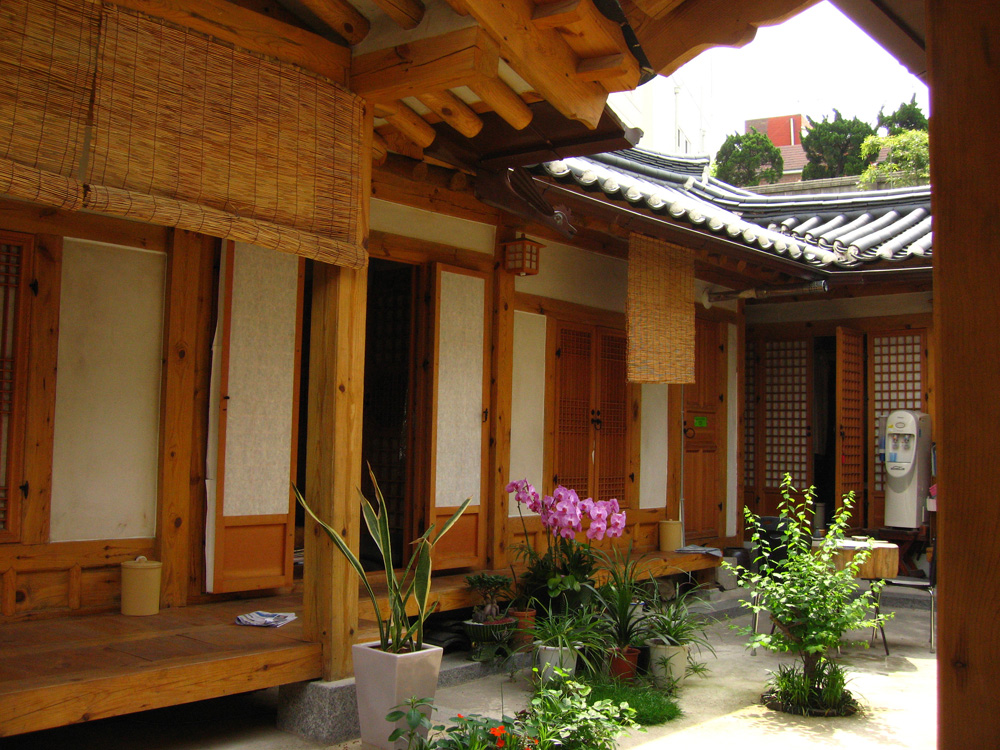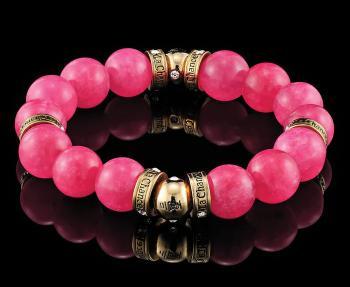For years the humble hanok, or traditional South Korean house had been shunned by status conscious Koreans in favour of luxury apartments. But now these traditional homes have been opened up to the public as luxury accommodation and an alternative to western style hotels.
A few budget guest houses have always been in existence, but lately there has been a surge in the number of hanoks being restored that cater to the needs of the more discerning traveller. The traditional design has been fused with luxurious contemporary elements like silk bedding and spa facilities.
For those seeking a truly Korean experience this new wave of hanoks has proved popular with locals and international visitors alike.
“I believe if you’re going to put traditional culture on display you should make sure it’s of the best quality,” said Young Ahn, owner of Rakkojae, an upmarket guesthouse in Seoul’s historic Bukchon district.
Once destined for the demolition site, the property has six antique rooms which start from 180,000 won (£88) per night.
There has been a major shift in thinking regarding Koreans’ traditional dwelling places. Homes which most Koreans used to be ashamed of, according to architect and hanok expert Doojin Hwang.
In Korean hanok literally translates as “Korean house”, and is a single-storey building with earthen walls and a tiled roof supported by wooden beams which curl upwards in a graceful arc.
The interior doors in hanoks are made of translucent rice paper which filter the sunlight and provide ventilation in the summer months.
During the winter, the house is heated by a traditional under floor heating system, provided by burning wood under the stone floors. Décor is minimal and is usually a few carefully chosen pieces; a scroll, a sleeping mat or a wooden chest.
It’s this minimal simplicity which makes the house so attractive says Hwang. The colours are muted and the emphasis is on using natural, organic materials.
“Korean homes don’t try to conquer nature, but use it,” says Young Ahn owner of Rakkojae in Seoul. “The materials are all environmentally friendly, and that’s what makes the atmosphere so comfortable.”
Guests who stay in the natural surroundings of the traditional homes seem to appreciate the experience.
Sian Yee Kwok, from Singapore recently stayed at Rakkojae in Seoul and was pleasantly surprised at how at home she felt.
“It exceeded my expectations and was neither opulent or pretentious” she says “I believe this is very unique in all the (places) I’ve had the privilege to stay. “
Mr Kyoung Young,owner of the Ssangsanjae hanok resort in rural South Jeolla province has been surprised by the clientèle he has been receiving since he recently converted the ageing buildings on his family’s sprawling estate.
Guests can either opt for the modest former servants quarters or splash out around £70 a night for a room previously the refuge of scholars, surrounded by pine trees and rice paddies.
“I didn’t expect any young people to come here, but they’ve been very interested, even after I made a decision to take out all the televisions,” says Mr Young. “We have older guests who come to relive their memories of course, but I guess hanoks give even young people a sense of nostalgia.”
Smaller hanok properties like the Tea Guesthouse have been springing up in the older parts of Seoul and Jeonju. The country’s first five-star hanok hotel Ragung, opened in 2007 in the historic city of Gyeongju.
But even with doormen and top chefs, staying in a hanok is not for everyone. Paper-thin doors are a shock for those used to more privacy, as are customs like sleeping on the floor and removing your shoes.
Proprietor Mr Ahn recalls a whole party of American businessmen decamping from his hotel in search of more contemporary accommodation, where they didn’t have to sleep on the floor.
But hanok proprietors hope the upsurge in guests will help maintain the renaissance of traditional Korean houses.
“I didn’t open this place because I wanted the money” says Mr Young from the Ssangsanjae resort, “I believe if no one stays in a traditional house it'll just fall apart”. “The only way we can maintain our heritage is if we are living in it.”







